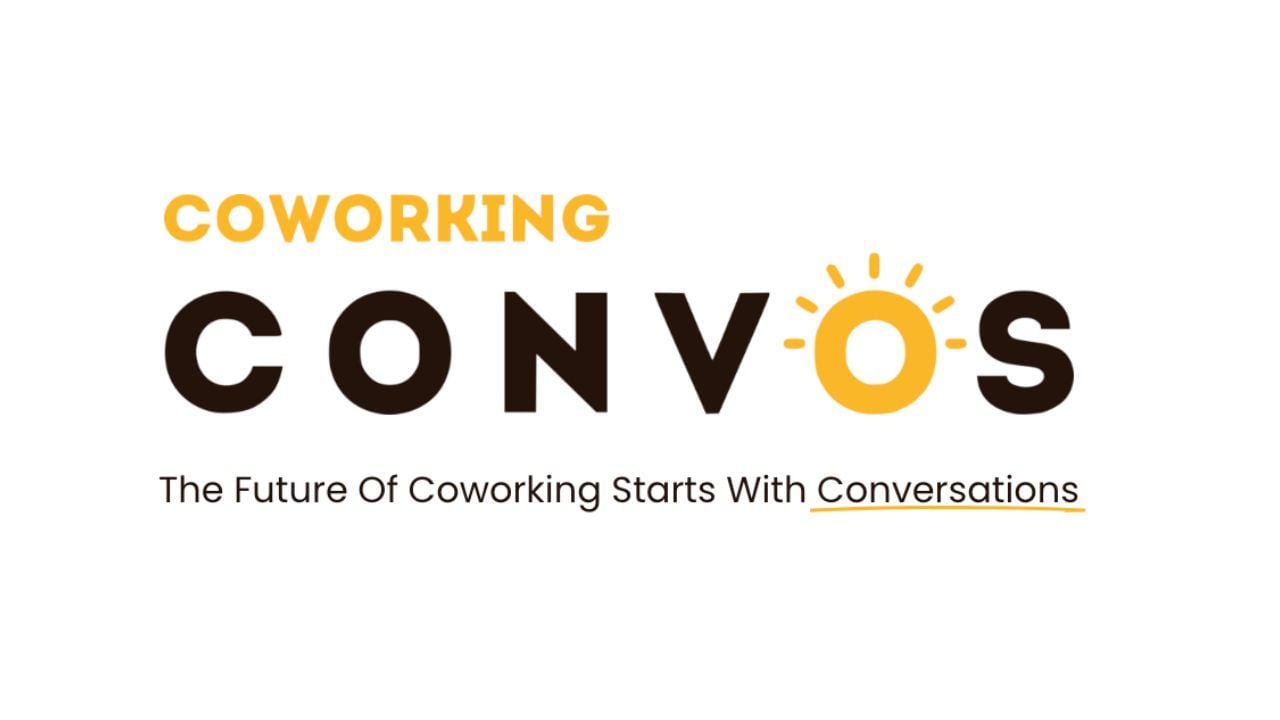Offices are no longer viewed as the default option for work environments, as has been proven by new post-pandemic work arrangements large companies have been adopting.
Thanks to the world’s largest work-from-home experiment, organizations have begun incorporating more flexible work strategies. However, the amount of flexibility in return-to-office models has varied greatly, especially as the surge in Covid-19 cases has sparked fears once again.
For Apple, employees were originally expected to return to the office at least three days each week starting in September, but this return date has since been pushed back to October. Other organizations, such as Google and Amazon, have also adopted similar ‘3-2’ models.
On the other hand, Microsoft expects employees to work no more than half of the time working from home, but is keeping an eye on the constantly evolving situation.
Some companies are also adopting mostly WFH models, such as Salesforce, which is allowing employees to work remotely at least until the end of the year. After that, most workers will work in the office between one and three days each week, with the opportunity to allow full-time remote positions in certain cases.
Most lenient are the businesses adopting fully remote models, like Twitter, Slack and Facebook. For Twitter in particular, while its San Francisco headquarters are open, the company is not requiring workers to come back into the office if their jobs can be accomplished remotely.

 Dr. Gleb Tsipursky – The Office Whisperer
Dr. Gleb Tsipursky – The Office Whisperer Cat Johnson – Coworking Marketing Maven
Cat Johnson – Coworking Marketing Maven Angela Howard – Culture Expert
Angela Howard – Culture Expert Drew Jones – Design & Innovation
Drew Jones – Design & Innovation Andrea Pirrotti-Dranchak – Competitive Advantage
Andrea Pirrotti-Dranchak – Competitive Advantage Jonathan Price – CRE & Flex Expert
Jonathan Price – CRE & Flex Expert Jeremy Fennema – Tech Innovation Alchemist
Jeremy Fennema – Tech Innovation Alchemist











